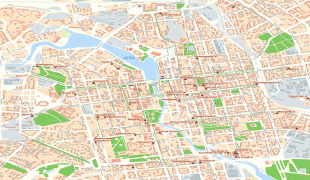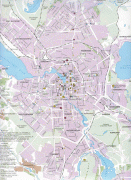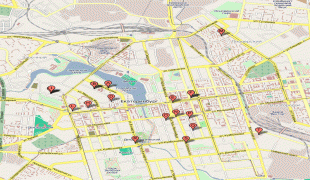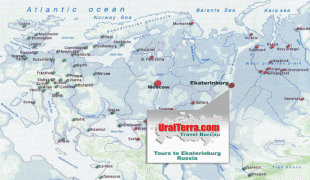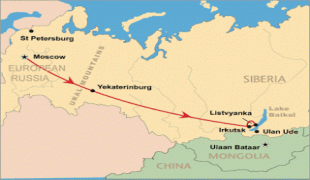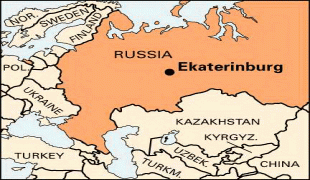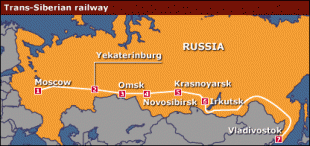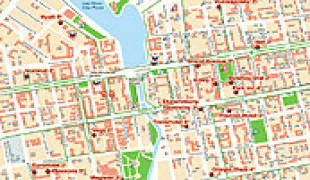Yekaterinburg
 |
 |
Yekaterinburg was founded on 18 November 1723 and named after Yekaterina I, the wife of Russian emperor Peter the Great. The city served as the mining capital of the Russian Empire as well as a strategic connection between Europe and Asia. In 1781, Catherine the Great gave Yekaterinburg the status of a district town of Perm Province, and built the historical Siberian Route through the city. Yekaterinburg became a key city to Siberia, which had rich resources. In the late 19th century, Yekaterinburg became one of the centres of revolutionary movements in the Urals. In 1924, after the Russian SFSR became a part of the Soviet Union, and a socialist state, the city was named Sverdlovsk after the Bolshevik leader Yakov Sverdlov. During the Soviet era, Sverdlovsk was turned into an industrial and administrative powerhouse. In 1991, after the dissolution of the Soviet Union, the city returned to its historical name.
Yekaterinburg is one of Russia's most important economic centres and was one of the host cities of the 2018 FIFA World Cup. The city is currently experiencing an economic and population boom, which resulted in some of the tallest skyscrapers of Russia being located in the city. Yekaterinburg is home to the headquarters of the Central Military District of the Russian Armed Forces, as well as the presidium of the Ural Branch of the Russian Academy of Sciences, and would have been the host city of the 2023 Summer World University Games.
Yekaterinburg is famous for its constructivist architecture and is also considered the "Russian capital of street art".
Map - Yekaterinburg
Map
Country - Russia
 |
 |
| Flag of Russia | |
The East Slavs emerged as a recognisable group in Europe between the 3rd and 8th centuries CE. The first East Slavic state, Kievan Rus', arose in the 9th century, and in 988, it adopted Orthodox Christianity from the Byzantine Empire. Rus' ultimately disintegrated, with the Grand Duchy of Moscow growing to become the Tsardom of Russia. By the early 18th century, Russia had vastly expanded through conquest, annexation, and the efforts of Russian explorers, developing into the Russian Empire, which remains the third-largest empire in history. However, with the Russian Revolution in 1917, Russia's monarchic rule was abolished and replaced by the Russian SFSR—the world's first constitutionally socialist state. Following the Russian Civil War, the Russian SFSR established the Soviet Union (with three other Soviet republics), within which it was the largest and principal constituent. At the expense of millions of lives, the Soviet Union underwent rapid industrialization in the 1930s, and later played a decisive role for the Allies of World War II by leading large-scale efforts on the Eastern Front. With the onset of the Cold War, it competed with the United States for global ideological influence; the Soviet era of the 20th century saw some of the most significant Russian technological achievements, including the first human-made satellite and the first human expedition into outer space.
Currency / Language
| ISO | Currency | Symbol | Significant figures |
|---|---|---|---|
| RUB | Russian ruble | ₽ | 2 |
| ISO | Language |
|---|---|
| CE | Chechen language |
| CV | Chuvash language |
| KV | Komi language |
| RU | Russian language |
| TT | Tatar language |






